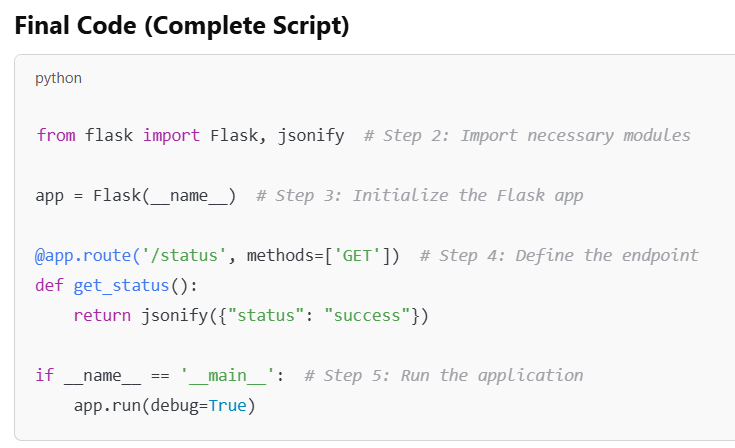A Guide to Developing, Testing, and Refining AI-Generated Text Prompts
In the rapidly evolving world of artificial intelligence, the ability to craft effective text prompts is a crucial skill. Whether you’re leveraging AI for content generation, data analysis, or creative ideation, refining your prompts can significantly impact the quality of output. This guide explores the best practices for developing, testing, and refining AI-generated text prompts to achieve optimal results.
1. Understanding the Fundamentals of AI Prompt Engineering
AI models generate text based on the input they receive. A well-structured prompt ensures clarity, relevance, and precision, influencing the quality of the response. Key factors to consider include:
- ✅ Specificity – The more detailed your prompt, the better the response.
- ✅ Context – Providing relevant background information helps the AI understand intent.
- ✅ Tone and Style – Defining the tone can help align the output with your needs.
- ✅ Constraints – Limiting word count or format ensures structured responses.
2. Developing Effective AI Prompts
Creating a strong AI prompt involves a strategic approach:
- 🛠 Start Simple – Begin with a straightforward prompt to gauge AI understanding.
- 🛠 Iterate and Improve – Modify the prompt based on initial responses.
- 🛠 Use Examples – Demonstrate the desired output format to guide AI.
- 🛠 Experiment with Structure – Open-ended vs. closed-ended prompts yield different results.
3. Testing AI Prompts for Consistency and Quality
Once you have an initial prompt, rigorous testing ensures reliability:
- 🔍 Run Multiple Trials – Generate multiple responses to check consistency.
- 🔍 Assess Accuracy and Relevance – Ensure the AI understands and executes correctly.
- 🔍 Compare Variations – Experiment with slight tweaks to find the best-performing prompt.
- 🔍 Solicit Feedback – Gather input from team members or users to refine prompts further.
4. Refining and Optimizing AI Prompts
To maximize efficiency, fine-tune your prompts:
- 🎯 Eliminate Ambiguity – Rephrase unclear wording for precise instructions.
- 🎯 Use Step-by-Step Instructions – Guiding AI through a process improves coherence.
- 🎯 Adjust for Bias – Ensure prompts do not lead to biased or misleading responses.
- 🎯 Leverage AI Fine-Tuning – Some models allow customization for better alignment.
5. Real-World Applications of AI Prompt Engineering
Industries across the board benefit from well-crafted AI prompts:
- 📢 Marketing & Content Creation – Optimized prompts generate engaging articles and social media posts.
- 💬 Customer Support – AI chatbots respond effectively to user queries with guided prompts.
- 📊 Data Analysis – AI-assisted insights are enhanced through structured queries.
- 💻 Software Development – AI-generated code improves with well-defined instructions.
Concrete Example: AI Prompt Engineering in Software Development
Consider a scenario where a developer wants AI assistance in generating Python code for a basic API endpoint. The initial prompt might be:
💡 “Write a Python function to create a simple REST API.”
Step 1: Testing the Initial Prompt
The AI response might be too generic, lacking details like the framework to use. The output could include Flask, FastAPI, or Django without specifying which one best fits the need.
Step 2: Refining the Prompt
To improve specificity, the developer revises the prompt:
💡 “Write a Python function using Flask to create a simple REST API with a GET endpoint returning a JSON response.”
This revised prompt ensures the AI generates code using Flask and structures it correctly.
Step 3: Further Optimization
To enhance readability and real-world usability, the developer might iterate further:
💡 “Write a Python function using Flask to create a REST API with a GET endpoint at ‘/status’ that returns a JSON response with ‘status’: ‘success’. Include necessary imports and execution setup.”
✅ Now, the AI produces a fully functional API script that is executable with minimal modifications.

Conclusion: The Continuous Evolution of Prompt Engineering
AI prompt engineering is an iterative process that requires continuous learning and adaptation. By developing, testing, and refining prompts strategically, professionals can unlock the full potential of AI tools, ensuring high-quality and relevant outputs. Mastering this skill will be a game-changer in leveraging AI for productivity and innovation.
💬 How do you optimize your AI prompts? Share your experiences and insights in the comments!



